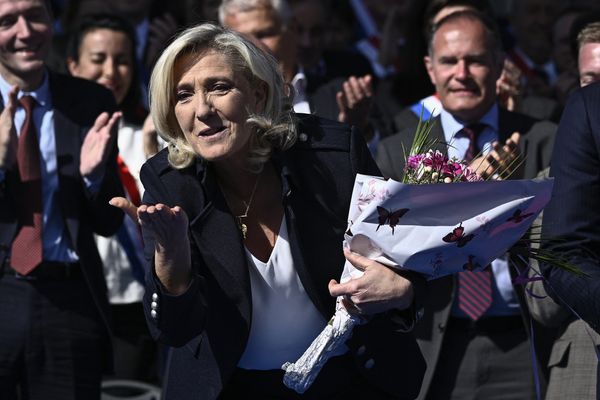
Mumbai: Women’s feet in rural India show why more people than ever think silver is a better deal than gold in a country that is one of the world’s biggest jewellery buyers.
For his wife’s birthday last month, sugar-cane grower Sandeep Chakane gave her two ankle bracelets of silver, a metal used mostly in India to adorn feet, including toe rings that designate a woman is married. The chains weighing 12 grams cost Rs.1,100, or 20% of what was left of his monthly income after loan payments on two tractors and a car.
“Silver is cheaper than gold and a much better alternative as it doesn’t put a strain on my finances,” said Chakane, 36, who farms five acres in Maharashtra’s Bhigvan village. “We can afford to buy silver ornaments almost every year, but we haven’t bought gold in the last two, three years.”
While India remains the world’s largest gold buyer after China, demand for silver has surged. Imports jumped 18% in the year through March to a record 7,708 tonnes, government data show. The metal’s appeal was enhanced by limitations on foreign gold purchases, as well as prices that were half the record reached in 2011.
Cheaper metal
Long considered the poor man’s gold because about 75 grams is equal in value to one gram of the more precious metal, silver is so ingrained in the Indian psyche that the rupee is named after ‘Rup,’ the Sanskrit word for silver. Women prefer low-cost silver on their feet and more valuable gold jewellery for hands, neck and face.
Jewellery fabricators in India boosted silver use by 47% last year to a record 1,936 tonnes, overtaking China as the top consumer in that category, the industry-funded Silver Institute estimated. By comparison, global jewellery fabrication rose just 1.5%. The metal is also used to make utensils and gifts for festivals and weddings.
The bulk of purchases are by rural farmers who don’t have access to banks and prefer the metal as a store of value, said Suresh Hundia, a former president of the India Bullion and Jewellers Association Ltd. Because so much buying is linked to agriculture, demand can be influenced by monsoon rains from June to September that determine the health of crops, Hundia said.
Limits ending
The rise in silver demand may be slowed by India’s decision in November to withdraw limits on gold imports, which had cut demand by 17% last year and spurred purchases of silver as an alternative. The government had been discouraging gold imports since 2013 to narrow the country’s record current-account deficit and halt a plunge in the rupee.
“Some bit of demand did come into silver because gold was a restricted item,” said Ranjeeth Rathod, managing director at importer MNC Enterprises (P) Ltd in Chennai. “This year, we don’t see that kind of restriction anymore. The market will see some kind of saturation.”
Improved demand in India hasn’t been enough to prevent prices from falling. Silver’s value is linked with gold, which has been plunging amid prospects for higher US interest rates, Goldman Sachs Group Inc. said in a 22 May report. At the same time, slowing economic growth eroded industrial demand.
Silver futures on the Multi Commodity Exchange of India have slumped 22% in the past year to Rs.35,000 per kilogram, compared with a record of Rs.73,600 in April 2011.
Even if demand in 2015 falls short of last year’s record, silver buying will probably pick up again next year as growth accelerates in India, said Chirag Sheth, an analyst at the London-based Metals Focus Ltd.
Jewellers aren’t concerned. Some, like Kanti Mehta, expect growing demand for low-cost silver to help drive sales. Mehta, chairman of The Silver Emporium in Mumbai’s Zaveri Bazaar, said he made the move into retail after 24 years as a wholesaler. He has four shops, and will open two more by year end.
“Once prices drop more, Indians will come to buy jewellery and prayer items as we cannot do without them during our weddings and festivals,” he said. Bloomberg







